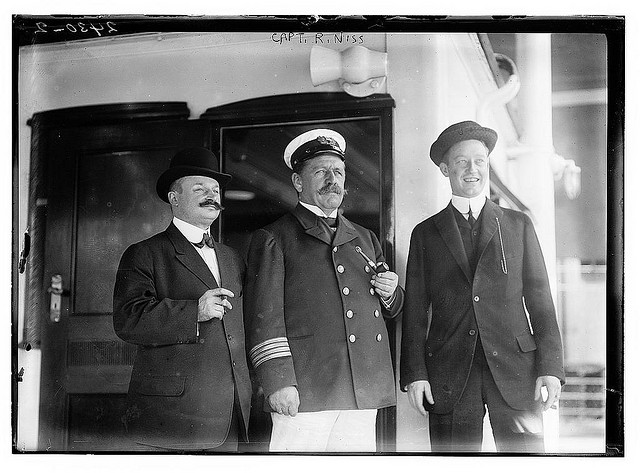 Would you agree with me that the ability to “read” people would be a handy skill to have? According to a recent paper in the Journal of Organizational Behavior, if you’re good at discerning other people’s emotions, you are probably bringing home a bigger paycheck than your emotionally challenged co-workers and colleagues.
Would you agree with me that the ability to “read” people would be a handy skill to have? According to a recent paper in the Journal of Organizational Behavior, if you’re good at discerning other people’s emotions, you are probably bringing home a bigger paycheck than your emotionally challenged co-workers and colleagues.
Now, I am not suggesting that money is the greatest motivator. In fact, studies have shown that money is a terrible long-term motivator with affects being seen for only the briefest of time. But money (income) does affect our actions and behaviors.
 Recently, some researchers from the University of Bonn in Germany showed a group of study volunteers a series of images and voice recordings and asked them to identify the emotions being expressed. “On average, the participants succeeded in 77 percent of the cases,” lead author Gerhard Blickle, a psychology professor at the university, said in the press release. “People who succeeded in 87 percent of the cases were considered to be good, and people who succeeded in more than 90 percent of the cases were considered really good. Those below 60 percent, in contrast, were seen as not so good in recognizing emotions.”
Recently, some researchers from the University of Bonn in Germany showed a group of study volunteers a series of images and voice recordings and asked them to identify the emotions being expressed. “On average, the participants succeeded in 77 percent of the cases,” lead author Gerhard Blickle, a psychology professor at the university, said in the press release. “People who succeeded in 87 percent of the cases were considered to be good, and people who succeeded in more than 90 percent of the cases were considered really good. Those below 60 percent, in contrast, were seen as not so good in recognizing emotions.”
Blickle and colleagues also sought information about the careers of their study participants, including basic facts like income along with more subjective information gathered from interviews with people who worked with the participants. Those who scored higher on the emotions task were also rated as more socially skilled by their colleagues and supervisors, and they tended to make more money than people who scored lower on the emotion-reading task.
I believe that the finding makes intuitive sense. People who are more socially adept are usually more adept at navigating the work environment and keeping the “boss” happy. At any rate, this work suggests that it literally pays to be emotionally intelligent.
So what is the leadership lesson from this study?
Click here to read the rest of the article »
Caring is sharing. Will you please share this with your network?















